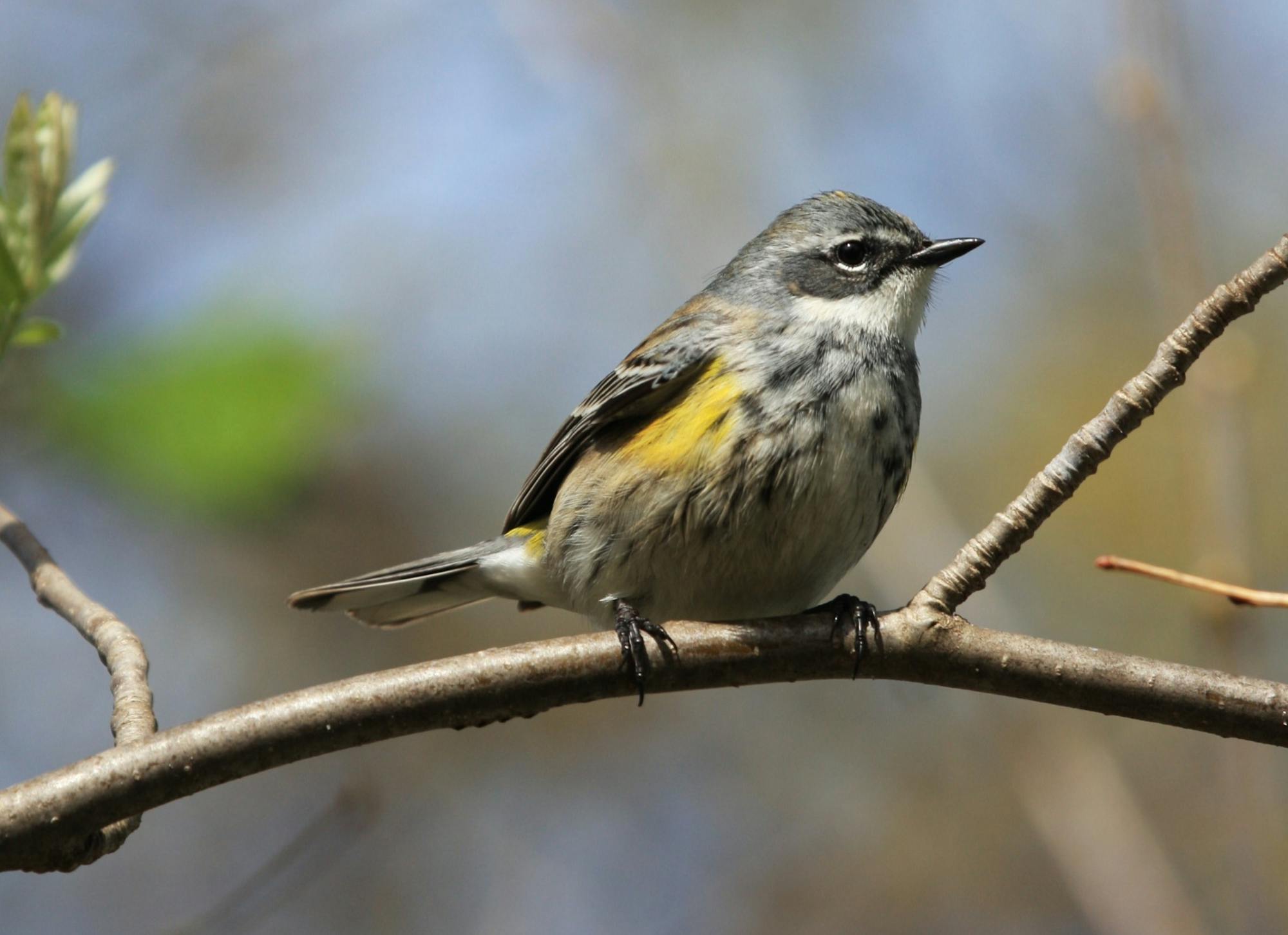Forest

What is a Forest?
A forest is a type of habitat dominated by trees. In Minnesota we have deciduous forests, dominated by trees that lose their leaves every autumn, and coniferous forests, dominated by trees with needle-like leaves present year-round. Learn more about forests and trees from the MN DNR.
The Benefits of Forests
Have you ever stood under a shade tree is summer? The air temperature under a tree can be much cooler thanks to a shady canopy and cooling moisture released by the leaves, a process called evapotranspiration. This process is a combination of transpiration, which is the movement of water and nutrients through plants, and evaporation, which is the is the release of water vapor from leaves.
Forests are sometimes called the lungs of the earth. Through photosynthesis (their version of breathing) trees and other forest plants capture carbon from the air and release oxygen. The capture and conversion of atmospheric carbon into new growth of roots, leaves, and stems is an activity called carbon sequestration, which is essential in helping slow climate change. Learn more about carbon sequestration from the MN Board of Soil and Water Resources.
Forests are also great for water quality. Tree canopies reduce stormwater runoff by capturing rain on their leaves. Some of this water drips to the ground and some evaporates back into the atmosphere. Rain that does reach the ground is more likely to soak in than runoff thanks to tree and other native plant roots that support healthy soil.

The habitat value of forest is immense. Did you know that a single oak tree can support more than 300 species of pollinators? The caterpillars that feed on that oak tree provide an essential food source for songbirds looking to feed their young. What's under a tree is important too. Native plants and leaf litter provide a soft landing for insects to pupate or overwinter. Blooms on trees and wildflowers provide nectar and pollen for butterflies, moths, bees, and other insects. In spring, look for blooming trees and you're bound to see small, colorful songbirds called warblers as they feed on insects attracted to the blooms.
Forests in the District
City parks and conservation areas are great places to see forests. One forest to visit is located in the Riley Creek Conservation Area is owned and managed by the City of Eden Prairie. Staff and volunteers actively control invasive species such as buckthorn and garlic mustard and enhance the area with native woodland plants. Visit in the spring to woodland flowers in bloom and return in fall to witness the golden glow of autumn.
Download the Riley Creek Conservation Area map

Join the Native Plant Movement
There's a growing movement to regenerate biodiversity and restore ecosystems called Homegrown National Park. The organization offers guides to help homeowners incorporate native plants into their yards, and there's even a biodiversity map where people can add their projects.
In Minnesota, the Lawns to Legumes program from the MN Board of Water and Soil Resources offers of combination of workshops, coaching, planting guides, and cost-share funding for installing pollinator-friendly native planting in residential lawns. Blue Thumb is another Minnesota program with a network of clean water and native plant stewards helping people learn and take action. Their partners include watershed districts, cities, non-profit organizations, and private companies.
RPBCWD also offers a Stewardship Grant Program to assist property owners with a site visit to offer advice and cost-share funds. Some cities also offer cost-share programs for native plant projects!


